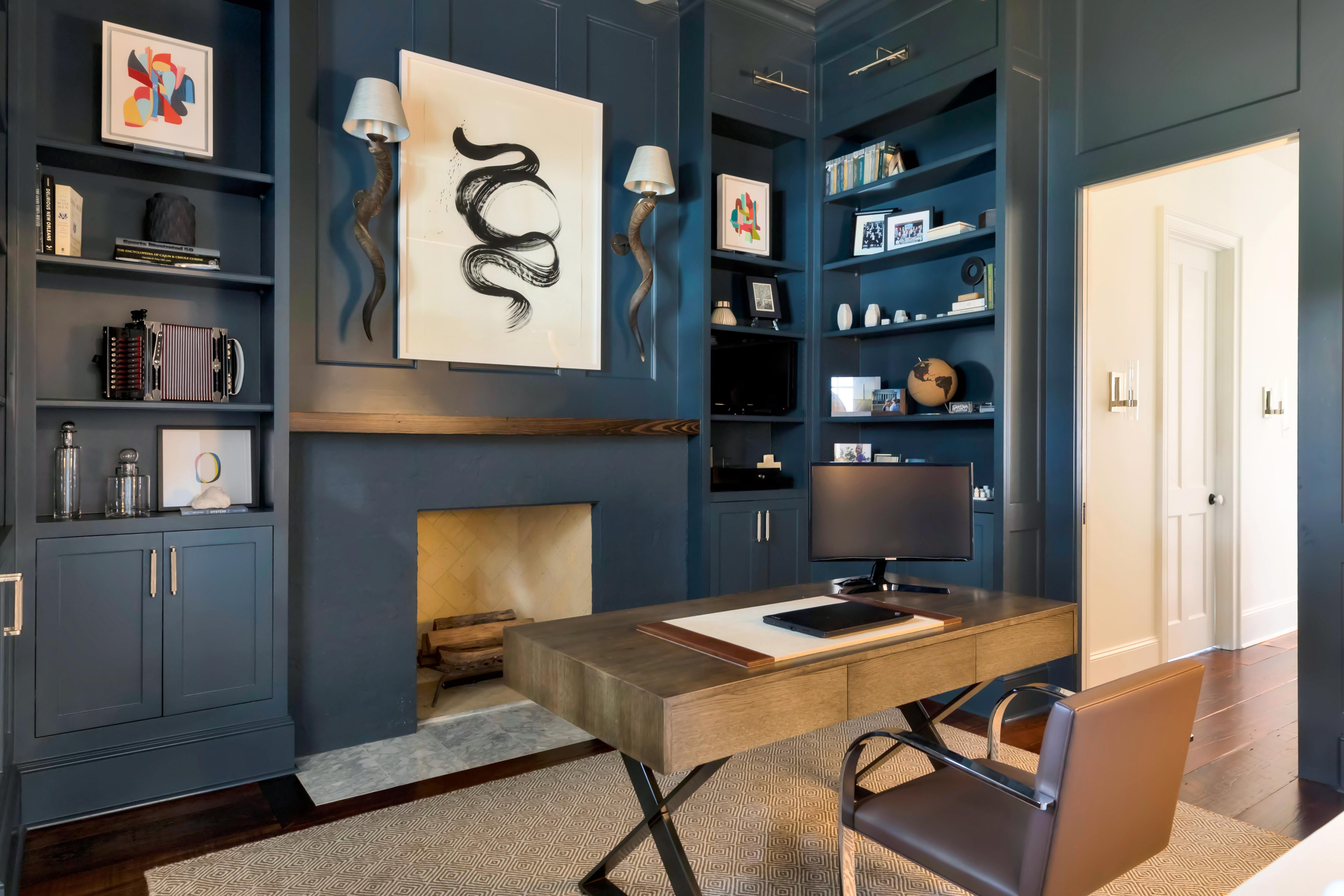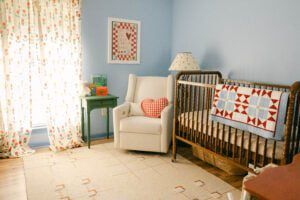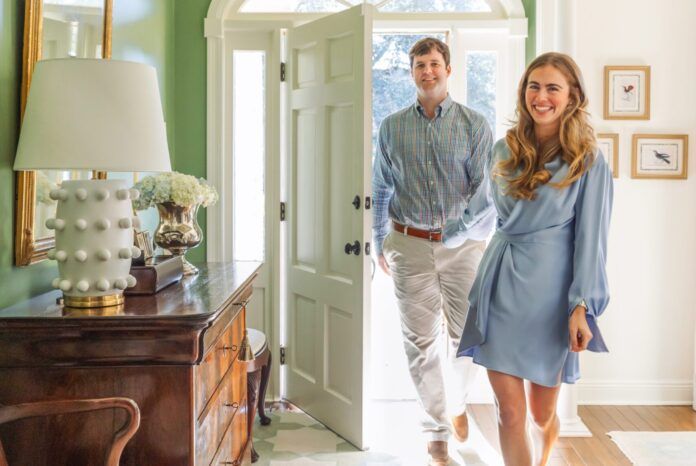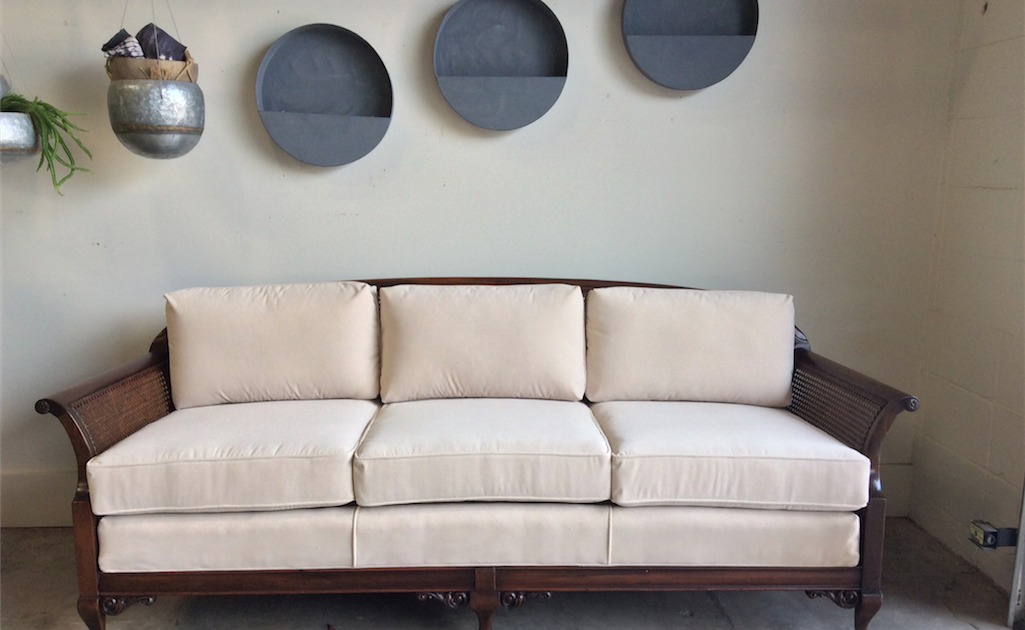
Designer tip: Amy Strother on dealing with damaged furniture
Even long after the Baton Rouge floodwaters receded back into lakes and bayous, many home owners are still trying to figure out what to do with their leftover, water-damaged furniture. How can someone tell when a chair is too ruined to use or donate? What should a person look for when deciding whether a piece is worth updating? Amy Strother, designer and owner of Denicola’s Furniture & Upholstery and Noelie Harmon, gave us some tips.

“If a piece is made of solid wood, it’s almost always okay to reuse,” she says. “Solid wood has the ability to dry out and settle over time. Eventually, it can be refinished or painted. Priming and repainting something is often a cheaper way to save it.”
As the owner of a store that specializes in upholstery, Strother also knows her way around the art of using new fabric to transform an old frame.
“For upholstered furniture, don’t just automatically toss it out because it’s upholstered,” she says. “While most new furniture is built with manufactured wood on the inside, it’s not all built that way. The parts that are wet do need to come off, so take those parts off and see what’s underneath. If the wood or manufactured wood appears to be compromised, then you may have to throw it away. However, if your frame is made of solid wood, your piece can be salvaged.”
Stother also notes that many families have generational ties to some furniture items, like family heirloom pieces, and have used the necessity of repairs as a means to update them.
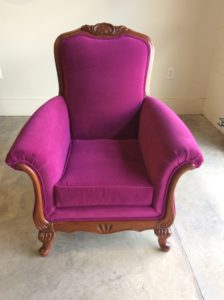
“In most cases, reupholstering or refinishing is absolutely more cost-effective, and solid wood antiques will always survive through disasters like floods,” she says. “If you can afford it, and it’s sentimental to you, invest in breathing new life into antique heirloom pieces. Just do it with an update in mind. When you set about to update your damaged furniture, remember that you probably—and hopefully—won’t have to do it again for a long time. So make smart decisions about your materials and colors, and choose durable fabric that lasts, like an indoor/outdoor velvet, for example.”
As it has since the earliest days after the floods, Denicola’s continues to hold monthly furniture drives in an effort to match unwanted furniture items with people who need them. More than 1,000 people have requested furniture donations via the Denicola’s website, and many are still in need of essential items. To contribute furniture, fill out a donation form at denicolasbr.com; pickup is available on the morning of each drive.
To learn more about Strother, Denicola’s and Noelie Harmon, visit denicolasbr.com and noelieharmon.com.







